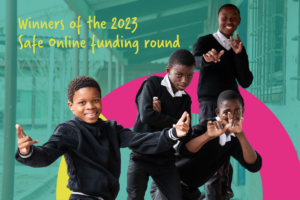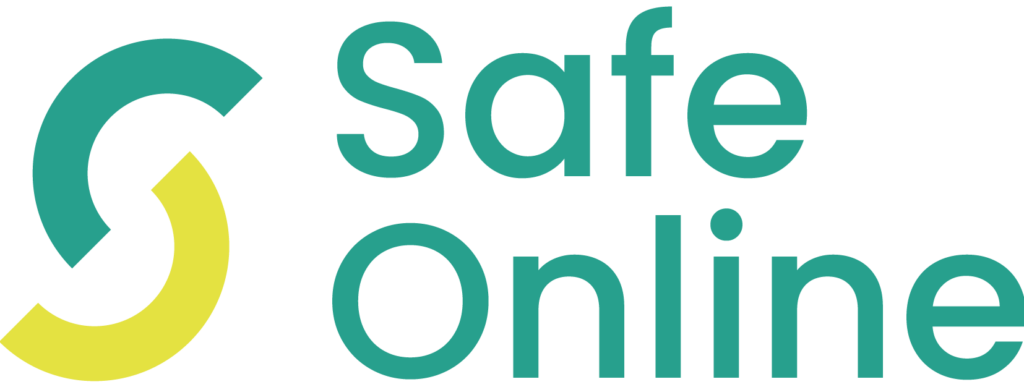Press Release

Safe Online Proudly Announces the Launch of the Second Edition of the Terminology Guidelines for the Protection of Children from Sexual Exploitation and Abuse
April 3, 2025: Safe Online is proud to announce the launch of the Second Edition of the Terminology Guidelines for the Protection of Children from Sexual Exploitation and Sexual Abuse, a comprehensive resource aimed at improving the accuracy, sensitivity, and consistency of language used in the fight against child sexual exploitation and abuse. The updated guidelines will officially launch at a global webinar on April 10, 2025, at 13:00 GMT.
Safe Online proudly participated in the development of the new guidelines, alongside ECPAT, Childlight|Global Child Safety Institute, the WeProtect Global Alliance and a diverse group of global organisations and entities representing different sectors. The updated edition reflects the latest insights and best practices in child protection, offering refined definitions and language to improve how professionals, policymakers, and the media refer to cases of child sexual exploitation and abuse and contribute to ensuring no child is hurt by the words of the professionals they meet.
Key Updates in the Second Edition
The Second Edition includes updated definitions and guidance on key terms related to child sexual exploitation and abuse, including:
- Avoid victim-blaming language: Encouraging the use of survivor-centred and blame-free language that respects how individuals define their experiences and does not shift the blame on children.
- Online Exploitation: Expanded coverage of technology-facilitated child sexual exploitation and abuse, including grooming, sexting, and livestreaming.
- Perpetrator Language: There are more precise distinctions between adult perpetrators of sexual crimes against children and children who have displayed harmful sexual behaviour.
- Harmful Terms: A repeated call to eliminate terms like “child prostitute” and “child pornography”, which misrepresent the nature of the abuse and shift blame onto victims.
The guidelines also provide greater attention to intersectionality, gender identity, and LGBTQI+ considerations, ensuring that language reflects the diverse realities of child survivors and those at increased risk of sexual exploitation.
A Collaborative Global Effort
The updated guidelines were developed through an extensive collaborative process involving over 40 global organisations, including survivor advocates, legal experts, and child protection professionals. The Interagency Working Group combined diverse expertise and perspectives to create a globally relevant and adaptable resource that reflects the evolving nature of child sexual exploitation and abuse.
See more of our recent updates

Press Release: Safe Online awards $10 million to 23 new grantees to join the fight against digital harms
Press Release: Safe Online awards $10 million to 23 new grantees to join the fight against online harms.
UNICEF Child Protection Programme Division
Our grantees UNICEF Child Protection Programme Division Global Programme to Build Capacity to Address Online Child Sexual Exploitation Countries involved:United States of America With support from the Fund, the UNICEF Child Protection Programme Division is working with a wide range of partners at the national, regional and global levels with support of
Recap blog- 2024 Tech Coalition Safe Online Research Fund Convening
The Tech Coalition and Safe Online were proud to host the 2024 Tech Coalition Safe Online Research Fund Convening in London on October 1. Over 50 attendees were present, representing all 13 grant projects from the Tech Coalition Safe Online Research Fund as well as more than a dozen leading tech companies. The Convening successfully combined research insights with industry expertise to drive outcomes that will protect children from online sexual exploitation and abuse.



